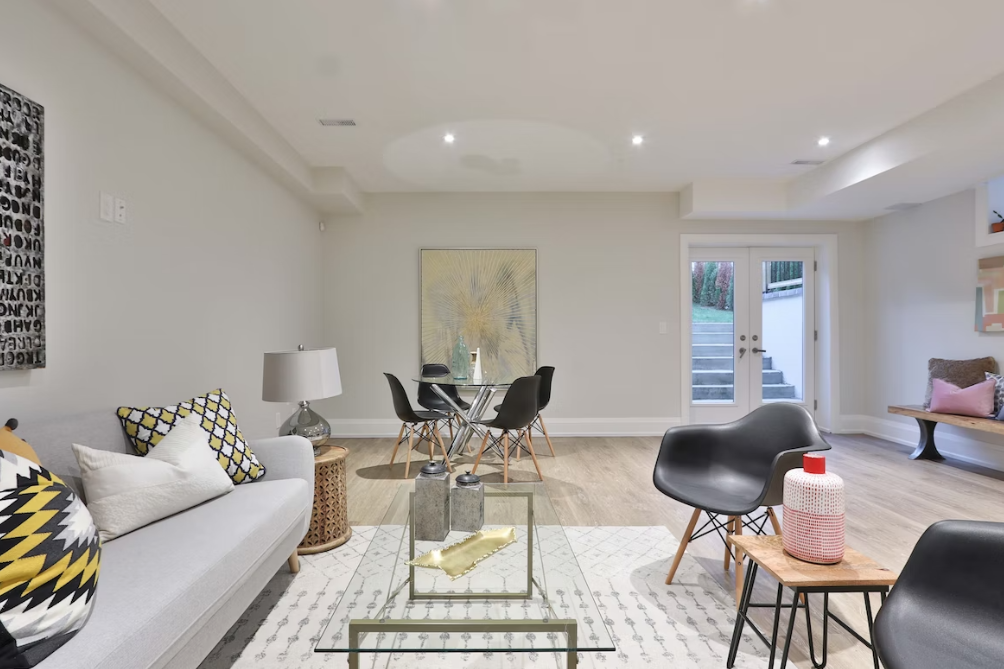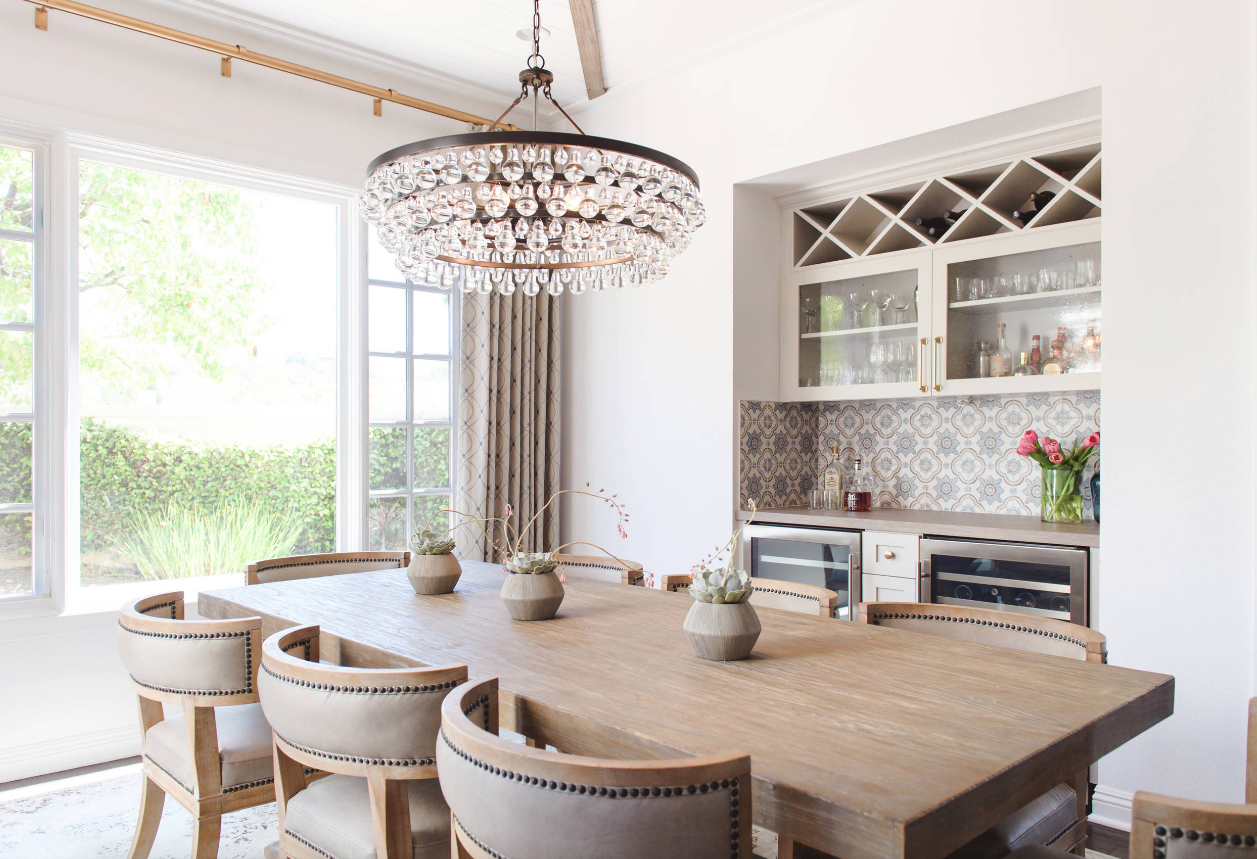Creating a visually stunning and picture-perfect home goes beyond mere functionality; it’s about capturing the essence of your personal style and transforming your living spaces into a reflection of your taste and personality!
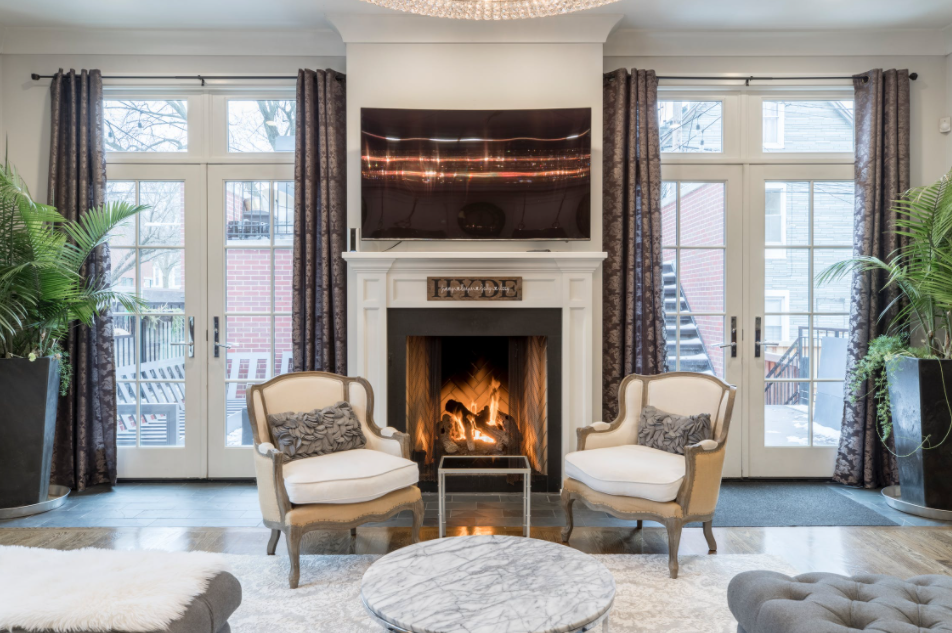 Photos By: Unsplash
Photos By: Unsplash
From the overall design concept to the smallest details, every element plays a crucial role in making your home truly remarkable. In this article, we will explore various strategies and ideas to help you elevate the aesthetics of your home and turn it into a captivating masterpiece.
1. Embrace a Cohesive Design Theme
One of the fundamental aspects of making your home visually appealing is establishing a cohesive design theme. Choose a style that resonates with you, such as minimalistic, contemporary, rustic, or eclectic, and integrate it throughout your home. Consistency in design creates a sense of harmony and balance, making the space more visually pleasing. Consider elements like color schemes, textures, and patterns that align with your chosen theme.
2. Harness the Power of Colors
Colors have a profound impact on our emotions and perceptions. Strategic use of colors can instantly transform the ambiance of a room. Experiment with different hues to create the desired atmosphere. Lighter shades like pastels and neutrals can make a space feel airy and serene, while bold and vibrant colors add energy and personality. Consider incorporating accent colors through accessories, accent walls, or furniture to create focal points and visual interest.
3. Maximize Natural Light
Natural light not only illuminates your home but also enhances its beauty. Make the most of natural light by ensuring unobstructed windows and using sheer or translucent window coverings that allow sunlight to filter through. This creates a warm and inviting atmosphere, making your home feel bright and open. Avoid heavy draperies or dark-colored blinds that block light and make the space appear smaller.
4. Elevating Your Home’s Aesthetics: The Power of Window Furnishings
When it comes to transforming your home into a captivating masterpiece, every detail counts. From the color palette on your walls to the furniture arrangement, each element plays a significant role in creating the desired ambiance. However, one aspect that is often overlooked but can greatly impact the overall aesthetics of your home is window furnishings. The right choice of curtains, blinds, or shades can elevate the visual appeal of any space, enhancing both its beauty and functionality. In this article, we will delve into the art of utilizing window furnishings to make your home truly picture perfect.
The Impact of Window Furnishings on Home Décor
Window furnishings are not merely practical solutions for privacy and light control; they are also powerful tools for enhancing the beauty of your home’s interior. Let’s explore some key aspects of how window furnishings can transform your living spaces:
Light Control and Privacy
Window furnishings allow you to control the amount of natural light entering your home while ensuring privacy. The choice of window coverings can significantly affect the ambiance of a room. Sheer curtains, for example, gently diffuse sunlight, creating a soft and ethereal atmosphere. On the other hand, blackout curtains or blinds provide complete darkness, making them ideal for bedrooms or home theaters.
Aesthetics and Style
Window furnishings serve as an essential part of your home’s design scheme, adding texture, color, and visual interest. The right choice of curtains, blinds, or shades can complement your overall décor theme and create a cohesive look. For a luxurious and elegant style, consider floor-length curtains in rich fabrics like silk or velvet. If you prefer a more minimalist and contemporary look, opt for sleek and streamlined blinds or shades
Visual Impact and Focal Points
Well-designed window furnishings can serve as captivating focal points in your living spaces. Floor-to-ceiling curtains, for example, draw the eye upward, making the room appear larger and more grandiose. By choosing bold patterns or vibrant colors, you can add a striking element to an otherwise neutral space. Additionally, layering curtains with blinds or shades can create depth and dimension, adding a touch of sophistication to your windows.
Energy Efficiency
Window furnishings also contribute to energy efficiency in your home. They act as insulators, helping to regulate the temperature and reduce heat loss or gain through windows. Thick, heavy curtains or blinds with thermal linings can provide extra insulation, keeping your home cooler in the summer and warmer in the winter. This not only improves comfort but also reduces energy consumption and lowers utility bills.
Flexibility and Functionality
Window furnishings offer flexibility in terms of light control and privacy. Adjustable blinds or shades allow you to regulate the amount of natural light entering the room throughout the day. Motorized options provide convenience and allow you to control the window coverings with the touch of a button. By choosing window furnishings that suit your lifestyle and needs, you can enhance the functionality of your living spaces.
Window Treatments for Different Rooms
Consider the specific requirements of each room when selecting window furnishings:
– Living Room: Sheer curtains or light-filtering shades can create an inviting and airy atmosphere while preserving privacy. Layering with heavier curtains provides versatility and adds a touch of elegance.
– Bedroom: Opt for blackout curtains or blinds that effectively block out light for a restful sleep. Consider floor-length curtains or drapes for a luxurious and cozy feel.
– Kitchen: Blinds or shades made of easy-to-clean materials, such as faux wood or vinyl, are practical choices for the kitchen. They provide privacy while allowing natural light to filter through. Consider moisture-resistant options that can withstand the humidity and occasional splashes.
– Bathroom: Window coverings in the bathroom should prioritize privacy and moisture resistance. Venetian blinds, roller shades, or cellular shades made of waterproof or water-resistant materials are suitable options. Sheer curtains can also be paired with a waterproof liner for added privacy.
– Home Office: Consider window furnishings that reduce glare and provide optimal light control for your home office. Blinds or shades with light-filtering properties are ideal, allowing sufficient natural light while minimizing distractions.
Case Studies: Transforming Spaces with Window Furnishings
Let’s explore a few case studies to showcase the transformative power of window furnishings:
Case Study 1: Living Room Transformation
A living room with large windows and neutral walls can be elevated with floor-length, textured curtains in a rich color. The curtains add depth, softness, and a touch of sophistication to the space, creating a focal point that draws the eye. Paired with sheer blinds for light control and privacy during the day, this combination allows for versatility and aesthetic appeal.
B Case Study 2: Bedroom Serenity
A serene bedroom can be achieved with the right choice of window furnishings. Floor-to-ceiling blackout curtains in a soothing color create a cozy and intimate atmosphere, blocking out external light and ensuring restful sleep. By layering the curtains with sheer blinds, you can have the option to filter light during the day while maintaining privacy.
C Case Study 3: Modern Kitchen
A modern kitchen can benefit from sleek and minimalist window furnishings. Horizontal or vertical blinds in a metallic or wood finish add a contemporary touch, allowing precise control over light and privacy. These blinds are also easy to clean, making them a practical choice for a kitchen environment.
Window furnishings play a significant role in transforming your home into a visually stunning and functional space. From enhancing natural light and privacy to adding style and focal points, the right choice of curtains, blinds, or shades can elevate the overall aesthetics of your living spaces. By carefully considering the design, functionality, and materials of window furnishings, you can create a picture-perfect home that reflects your personal style and taste.
5. Focus on Furniture and Layout
The furniture you choose and how you arrange it greatly impacts the overall aesthetics of your home. Consider these points:
- Statement Pieces: Incorporate statement furniture pieces that serve as focal points. These can be unique and eye-catching items like an elegant sofa, an intricately designed coffee table, or a striking accent chair.
- Balance and Proportion: Arrange furniture in a way that creates balance and proportion within the space. Avoid cluttering the room with too much furniture, as it can make the space feel cramped. Allow for ample circulation and ensure that the scale of furniture matches the size of the room.
- Mix and Match: Don’t be afraid to mix different styles and materials to create an eclectic and personalized look. Combining vintage and modern pieces or blending various textures can add depth and visual interest to your home.
6. The Impact of Lighting
Lighting is a crucial element in setting the mood and highlighting the beauty of your home. Consider the following lighting options:
- Natural Light: As mentioned earlier, maximizing natural light is key. Keep windows clean and unobstructed to allow the sunlight to flood in. Consider installing skylights or larger windows in areas where more natural light is desired.
- Ambient Lighting: This is the overall lighting that provides a warm and inviting atmosphere. Use ceiling-mounted fixtures, chandeliers, or recessed lights to illuminate the entire room evenly. Dimmer switches allow you to adjust the brightness according to the desired ambiance.
- Task Lighting: Task lighting is essential for specific activities such as reading, cooking, or working. Incorporate table lamps, floor lamps, or pendant lights to provide focused lighting where needed. Consider adjustable options to cater to different tasks and preferences.
- Accent Lighting: Accent lighting adds drama and highlights specific features or objects in your home. Use wall sconces, picture lights, or spotlights to draw attention to artworks, architectural details, or other focal points.
7. The Power of Art and Accessories:
Artwork and accessories play a significant role in adding character and personal touch to your home. Consider the following tips:
- Artwork: Select pieces of art that resonate with your style and preferences. Whether it’s paintings, sculptures, or photographs, artwork can serve as a focal point and conversation starter. Hang them at eye level and consider the scale and proportion in relation to the wall and furniture.
- Mirrors: Mirrors can visually expand a space, reflect light, and add depth to a room. Strategic placement of mirrors can make a small room appear larger and create an illusion of more natural light.
- Textiles and Rugs: Introduce texture, color, and pattern through textiles and rugs. Layer different textures and materials to create visual interest. Play with patterns and colors that complement your overall design theme.
- Personal Touches: Display items that hold sentimental value or tell a story about your life and experiences. These personal touches add a unique touch and make your home feel more inviting and authentic.
- Declutter and Organize:
A clutter-free home not only looks visually appealing but also promotes a sense of calm and serenity. Decluttering and organizing your space is essential to create a picture-perfect home. Consider the following:
- Storage Solutions: Invest in storage solutions that help you keep items organized and out of sight. Utilize shelves, baskets, bins, and built-in cabinets to maximize storage space.
- Minimalism: Embrace minimalism by removing unnecessary items and keeping only what you truly love and need. A clean and organized space allows other design elements to shine and creates a sense of tranquility.
- Editing and Curating: Regularly review your decor items and furniture. Remove anything that doesn’t align with your style or the desired aesthetic. Edit and curate your space to ensure a cohesive and intentional look.
Conclusion
Transforming your home into a picture-perfect masterpiece requires attention to detail and a thoughtful approach to design. By incorporating these strategies and ideas, you can elevate the aesthetics of your home and create a space that not only looks visually stunning but also reflects your personal style and taste. From window furnishings to lighting, furniture arrangement to accessories, every element contributes to the overall ambiance and beauty of your home. Embrace the power of design and details, and watch as your home becomes a captivating haven that you can truly be proud of.
Further Ideas to Elevate Your Home’s Aesthetics
- Customization and Personalization:
When it comes to window furnishings, customization allows you to create a truly unique and personalized look. Consider custom-made curtains or blinds that perfectly fit your windows and align with your design vision. You can choose from a wide range of fabrics, patterns, and finishes to match your style and add a distinctive touch to your home.
- Layering and Texture:
Experimenting with layering and texture can add depth and visual interest to your window treatments. Combine different types of window coverings, such as sheer curtains with Roman shades or blinds, to create a multi-dimensional look. Mixing textures like silk, linen, or velvet can further enhance the aesthetics and create a luxurious atmosphere.
- Hardware and Accessories:
Don’t overlook the importance of window hardware and accessories. Curtain rods, finials, and tiebacks can complement your window furnishings and add a polished touch. Choose hardware finishes that harmonize with the overall design scheme, whether it’s brushed nickel, bronze, or matte black. Additionally, decorative trimmings, such as tassels or fringe, can provide an extra decorative element and elevate the overall look.
- Seasonal Updates:
Consider changing your window furnishings seasonally to refresh the look of your home. In warmer months, opt for lightweight and breezy curtains or blinds that allow ample sunlight and airflow. During colder seasons, switch to heavier fabrics or thermal curtains that provide insulation and a cozy feel.
- Exterior Window Treatments:
To enhance the curb appeal of your home, consider exterior window treatments as well. Exterior shutters, awnings, or outdoor blinds can add charm and character to the exterior of your home while providing shade and protection from the elements. Coordinate the style and color of your exterior window treatments with the overall architectural design for a cohesive and visually appealing look.
- Sustainability and Eco-Friendly Options:
Incorporating eco-friendly window furnishings is not only beneficial for the environment but also adds a unique touch to your home. Look for materials that are sustainably sourced, such as bamboo or organic cotton. Consider window treatments with energy-saving properties, like cellular shades or insulated curtains, which can reduce heat loss and save on energy costs.
- Window Gardens and Greenery:
Enhance the beauty of your windows by incorporating window gardens or greenery. Install floating shelves or window boxes to display potted plants or herbs. The lush greenery will not only add freshness to your home but also create a natural and vibrant frame for your windows.
- Professional Advice and Installation:
Seeking professional advice and assistance can ensure that your window furnishings are installed correctly and achieve the desired effect. Interior designers or window treatment specialists can provide valuable guidance on selecting the right materials, styles, and configurations to suit your home’s architecture and design.
By incorporating these additional ideas and tips, you can further elevate the aesthetics of your home through the use of window furnishings. Remember, the key is to align your choices with your personal style, preferences, and the overall design theme of your home. With attention to detail and thoughtful consideration, your windows can become stunning focal points that enhance the beauty and ambiance of your living spaces.






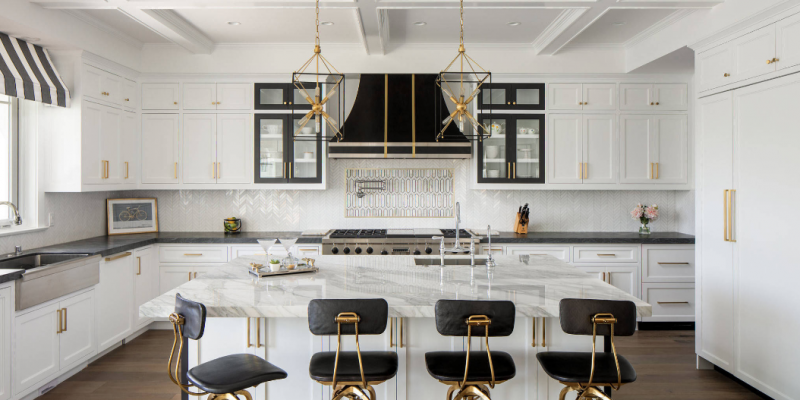
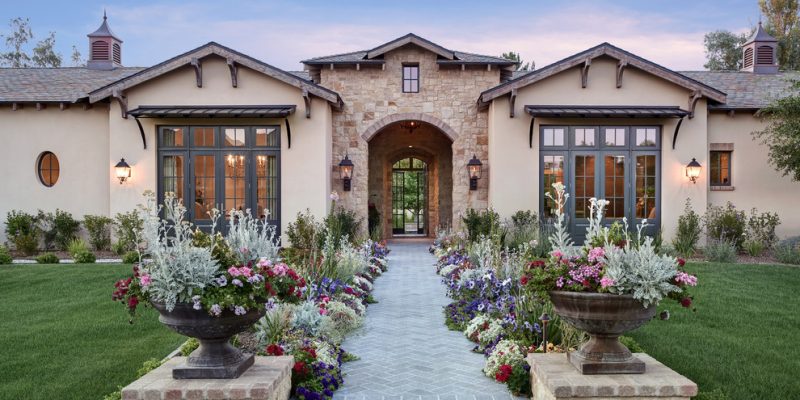
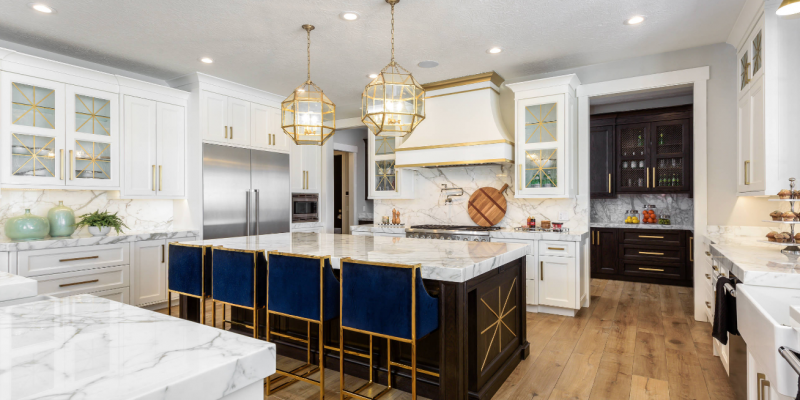


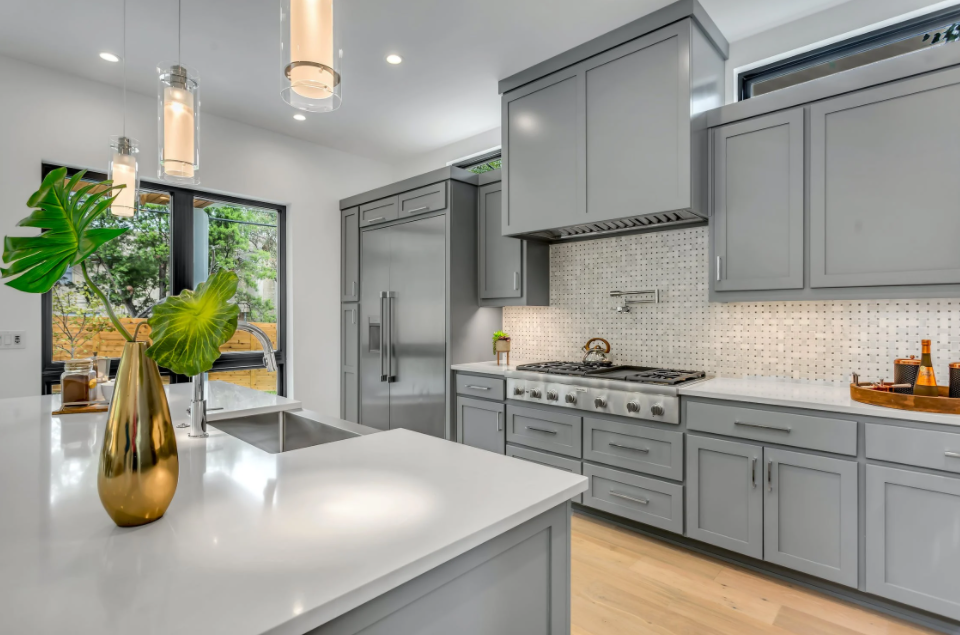
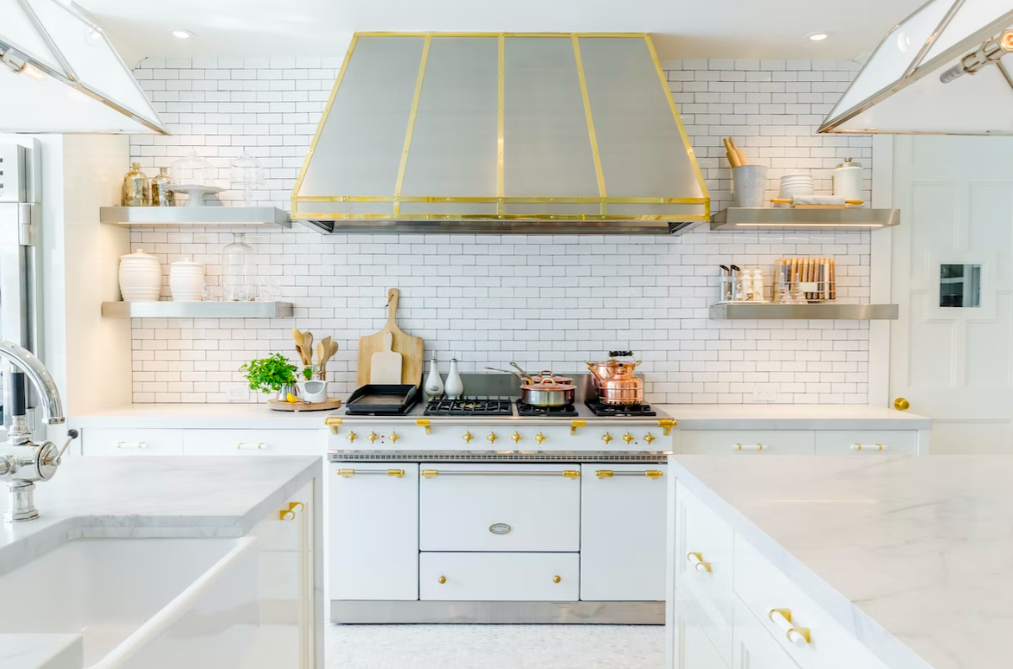
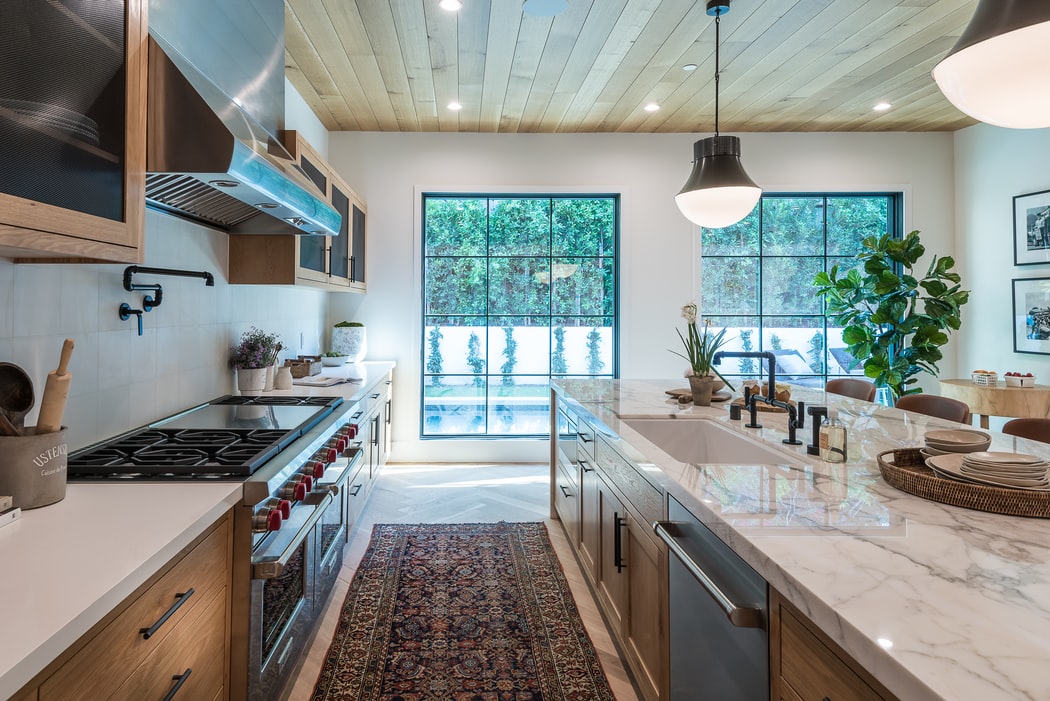
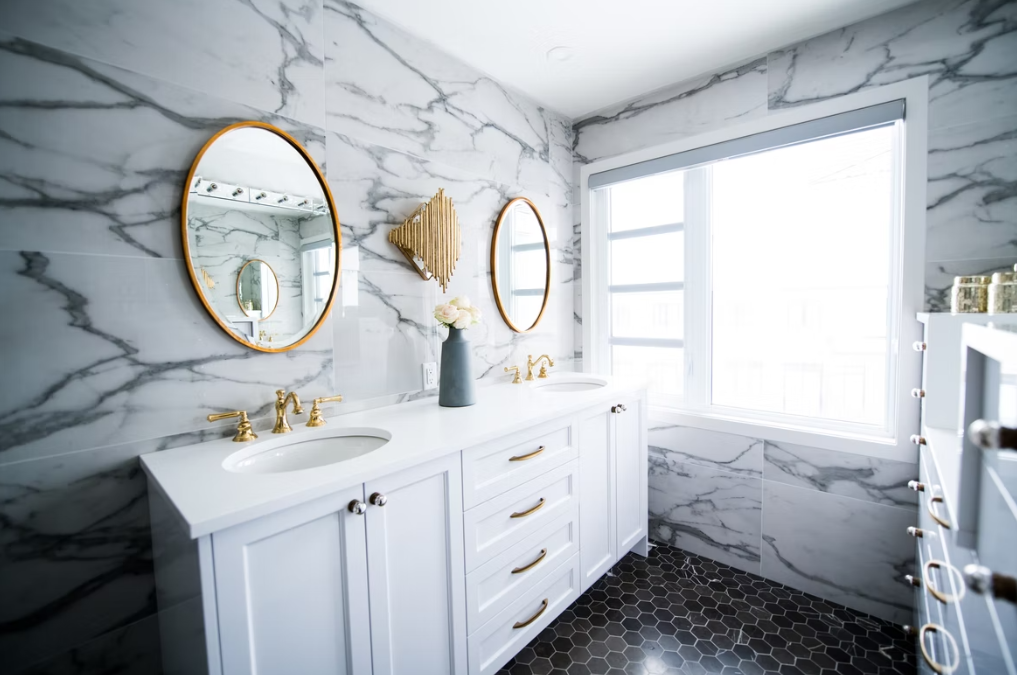
 Photos By: Unsplash
Photos By: Unsplash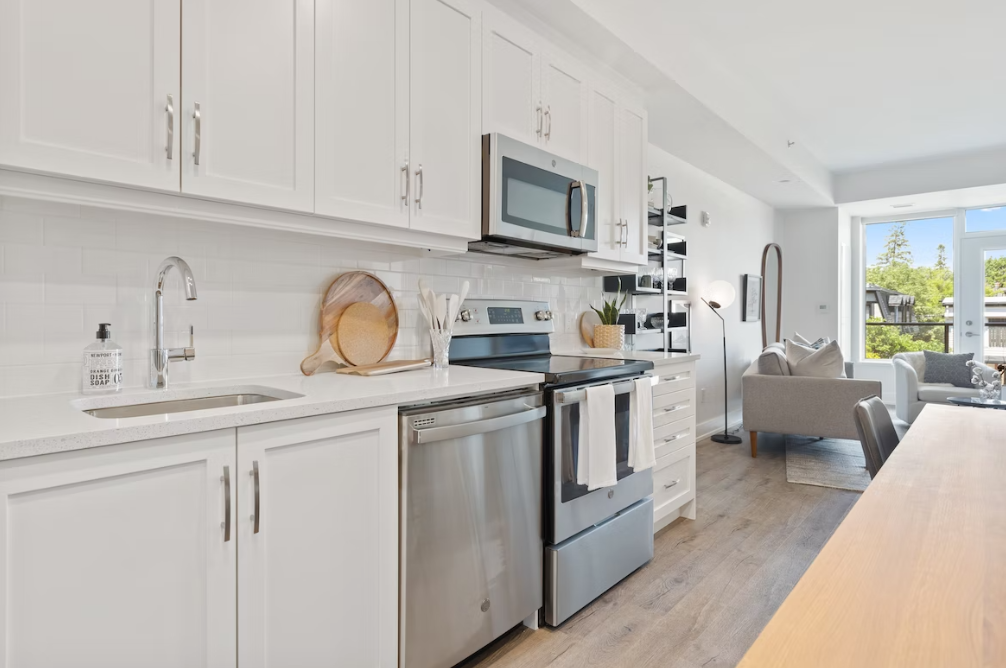
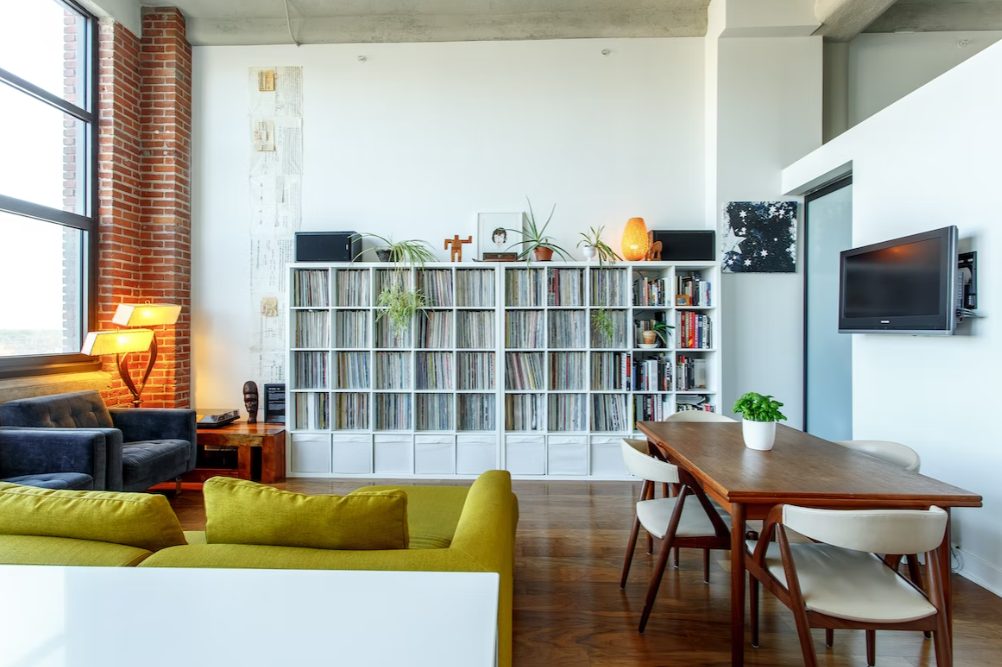 Photos By: Stock Images
Photos By: Stock Images